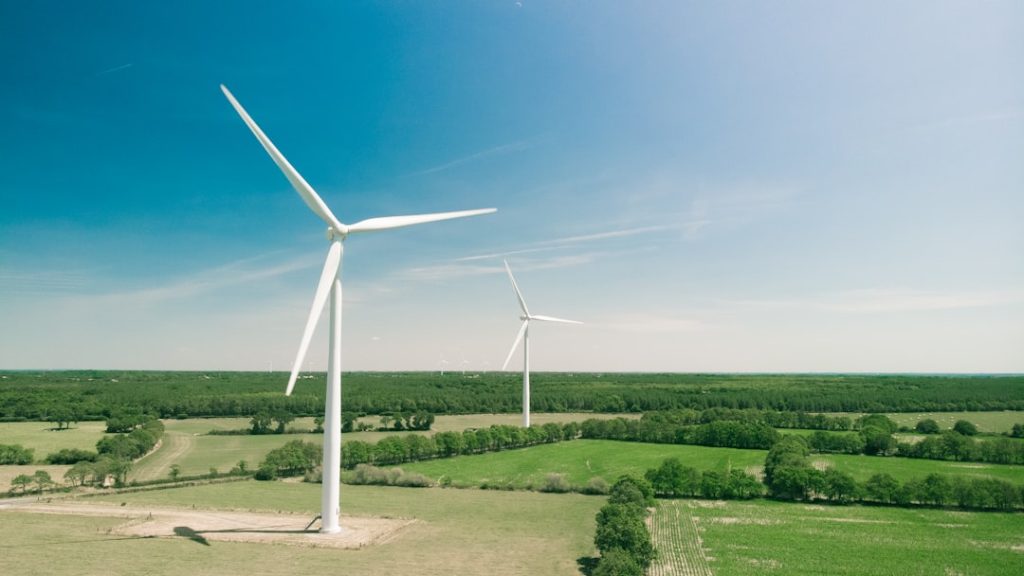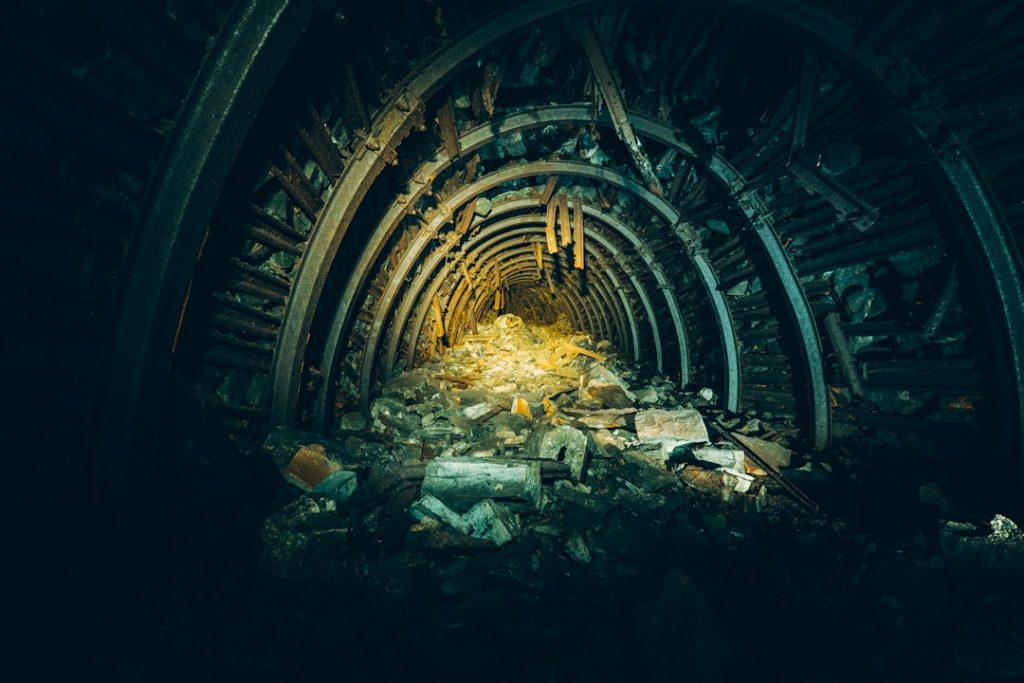Kabul, the capital city of Afghanistan, is facing a significant energy crisis. The city’s energy infrastructure is outdated and unable to meet the growing demand for electricity. This has severe implications for economic growth and development in Kabul, as businesses struggle to operate without a reliable source of power. In order to address this issue, there is an urgent need for energy revitalization in the city.
Currently, Kabul relies heavily on imported electricity from neighboring countries, such as Iran and Turkmenistan. However, this supply is inconsistent and often unreliable. The city experiences frequent power outages, which disrupt daily life and hinder economic activities. In addition, the cost of importing electricity is high, putting a strain on the city’s finances.
Energy revitalization is crucial for economic growth and development in Kabul. A reliable and affordable source of electricity is essential for businesses to thrive and attract investment. It also improves the quality of life for residents, providing them with access to basic services such as healthcare and education. Furthermore, a sustainable energy infrastructure reduces dependence on fossil fuels and contributes to environmental conservation.
Current Energy Infrastructure and Challenges in Kabul
The current energy infrastructure in Kabul is outdated and unable to meet the city’s growing energy needs. The majority of the electricity supply comes from imported sources, which are unreliable and expensive. The transmission and distribution networks are also in need of significant upgrades, as they are unable to handle the increasing demand for electricity.
One of the major challenges faced by Kabul is the lack of investment in energy infrastructure. The city has been plagued by decades of conflict and instability, which has hindered development in all sectors, including energy. As a result, there has been little investment in upgrading the existing infrastructure or developing new sources of energy.
Another challenge is the high level of energy loss during transmission and distribution. The outdated infrastructure leads to significant losses in electricity, which further exacerbates the energy crisis in Kabul. In addition, the lack of proper metering and billing systems makes it difficult to accurately measure and collect revenue for the electricity consumed.
Renewable Energy Sources: Potential and Possibilities in Kabul
Despite the challenges faced by Kabul in meeting its energy needs, there is significant potential for renewable energy development in the city. Kabul has abundant solar and wind resources, as well as rivers that can be harnessed for hydroelectric power. By tapping into these renewable energy sources, the city can reduce its dependence on imported electricity and create a more sustainable energy infrastructure.
Solar energy has great potential in Kabul, as the city receives an average of 300 days of sunshine per year. By installing solar panels on rooftops and open spaces, Kabul can generate a significant amount of electricity. Solar energy is also a clean and renewable source of power, which reduces greenhouse gas emissions and contributes to environmental conservation.
Wind energy is another promising solution for Kabul’s energy needs. The city is located in a region with strong wind resources, particularly in the mountainous areas surrounding Kabul. By installing wind turbines, Kabul can harness the power of these natural resources to generate electricity. Wind energy is also cost-effective and has a low environmental impact.
Hydroelectric power is another viable option for Kabul’s energy needs. The city is surrounded by rivers, such as the Kabul River and the Panjshir River, which have the potential to generate hydroelectric power. By constructing small-scale hydroelectric plants, Kabul can tap into this renewable energy source and provide a reliable source of electricity.
Solar Energy: A Promising Solution for Kabul’s Energy Needs
| Metrics | Data |
|---|---|
| Current energy demand in Kabul | 600 MW |
| Percentage of Kabul’s energy demand met by solar energy | 10% |
| Number of households in Kabul without access to electricity | Over 1 million |
| Number of solar panels installed in Kabul | Over 100,000 |
| Estimated cost savings from using solar energy in Kabul | 50 million per year |
Solar energy has great potential in Kabul due to its abundant sunshine throughout the year. By harnessing this renewable resource, the city can generate a significant amount of electricity and reduce its dependence on imported sources.
One of the main benefits of solar energy is its cost-effectiveness. Once the initial investment in solar panels is made, the cost of generating electricity is relatively low. This is particularly important for Kabul, as the city is facing financial constraints and cannot afford to rely on expensive imported electricity.
Solar energy is also a clean and renewable source of power. Unlike fossil fuels, solar energy does not produce greenhouse gas emissions or contribute to air pollution. By transitioning to solar energy, Kabul can reduce its carbon footprint and contribute to global efforts to combat climate change.
Furthermore, solar energy can provide a reliable source of electricity for businesses and residents in Kabul. The city experiences frequent power outages, which disrupt daily life and hinder economic activities. By installing solar panels on rooftops and open spaces, Kabul can ensure a consistent supply of electricity and improve the quality of life for its residents.
Wind Energy: Harnessing the Power of Kabul’s Natural Resources
Kabul is located in a region with strong wind resources, particularly in the mountainous areas surrounding the city. By harnessing this natural resource, Kabul can generate a significant amount of electricity and reduce its dependence on imported sources.
One of the main benefits of wind energy is its cost-effectiveness. Once the initial investment in wind turbines is made, the cost of generating electricity is relatively low. This is particularly important for Kabul, as the city is facing financial constraints and cannot afford to rely on expensive imported electricity.
Wind energy is also a clean and renewable source of power. Unlike fossil fuels, wind energy does not produce greenhouse gas emissions or contribute to air pollution. By transitioning to wind energy, Kabul can reduce its carbon footprint and contribute to global efforts to combat climate change.
Furthermore, wind energy can provide a reliable source of electricity for businesses and residents in Kabul. The city experiences frequent power outages, which disrupt daily life and hinder economic activities. By installing wind turbines in strategic locations, Kabul can ensure a consistent supply of electricity and improve the quality of life for its residents.
Hydroelectric Power: Exploring the Potential of Kabul’s Rivers

Kabul is surrounded by rivers, such as the Kabul River and the Panjshir River, which have the potential to generate hydroelectric power. By harnessing this renewable resource, Kabul can provide a reliable source of electricity and reduce its dependence on imported sources.
One of the main benefits of hydroelectric power is its reliability. Unlike solar and wind energy, which are dependent on weather conditions, hydroelectric power can be generated consistently throughout the year. This is particularly important for Kabul, as the city experiences frequent power outages and needs a reliable source of electricity.
Hydroelectric power is also a clean and renewable source of energy. Unlike fossil fuels, hydroelectric power does not produce greenhouse gas emissions or contribute to air pollution. By transitioning to hydroelectric power, Kabul can reduce its carbon footprint and contribute to global efforts to combat climate change.
Furthermore, hydroelectric power can provide a significant amount of electricity for businesses and residents in Kabul. The city has a growing demand for electricity, particularly with the expansion of industries and the increasing population. By constructing small-scale hydroelectric plants, Kabul can meet this demand and support economic growth and development.
Energy Storage: Addressing the Challenge of Energy Distribution in Kabul
One of the major challenges faced by Kabul in meeting its energy needs is the distribution of electricity. The current transmission and distribution networks are outdated and unable to handle the increasing demand for electricity. This leads to significant losses in energy during transmission and distribution.
Energy storage is a crucial component in addressing this challenge. By storing excess electricity during periods of low demand and releasing it during periods of high demand, energy storage systems can help stabilize the grid and ensure a consistent supply of electricity.
There are several possibilities for energy storage in Kabul. One option is battery storage, which involves storing electricity in batteries for later use. This can be particularly useful during periods of high demand, when the grid is under strain. Another option is pumped hydro storage, which involves using excess electricity to pump water uphill and then releasing it to generate electricity during periods of high demand.
Energy storage systems also have the potential to support the integration of renewable energy sources, such as solar and wind power. These sources are intermittent and dependent on weather conditions, which can lead to fluctuations in electricity supply. By storing excess electricity during periods of high generation and releasing it during periods of low generation, energy storage systems can help balance the grid and ensure a consistent supply of electricity.
Public-Private Partnerships: Mobilizing Investment for Energy Revitalization in Kabul
Mobilizing investment is crucial for energy revitalization in Kabul. The city has been plagued by decades of conflict and instability, which has hindered development in all sectors, including energy. In order to address this issue, public-private partnerships can play a key role in mobilizing investment for renewable energy development.
Public-private partnerships involve collaboration between the government and private sector entities to develop and finance infrastructure projects. By leveraging the expertise and resources of both parties, public-private partnerships can accelerate the development of renewable energy projects in Kabul.
There are several benefits of mobilizing investment through public-private partnerships. Firstly, it allows for the sharing of risks and rewards between the government and private sector entities. This reduces the financial burden on the government and encourages private sector participation in renewable energy development.
Secondly, public-private partnerships can bring in technical expertise and innovation from the private sector. The private sector has experience in developing and operating renewable energy projects, which can help overcome the challenges faced by Kabul in meeting its energy needs.
Lastly, public-private partnerships can attract international investment for renewable energy development in Kabul. International investors are often hesitant to invest in countries with political instability and security concerns. However, by partnering with reputable private sector entities, the government can provide a level of assurance to international investors and attract much-needed investment for energy revitalization.
Policy and Regulatory Frameworks: Creating an Enabling Environment for Renewable Energy Development in Kabul
Creating an enabling environment for renewable energy development is crucial for energy revitalization in Kabul. This involves establishing clear policy and regulatory frameworks that support the development of renewable energy projects and attract investment.
One of the key aspects of creating an enabling environment is establishing a feed-in tariff system. A feed-in tariff is a policy mechanism that guarantees a fixed payment for electricity generated from renewable sources. This provides certainty to investors and encourages the development of renewable energy projects.
Another important aspect is streamlining the permitting and licensing processes for renewable energy projects. The current processes are often lengthy and bureaucratic, which hinders investment in renewable energy development. By simplifying these processes and reducing administrative barriers, the government can attract more investors and accelerate the development of renewable energy projects.
In addition, it is important to establish clear regulations for grid connection and access. Renewable energy projects require access to the grid in order to sell their electricity. However, the current regulations are often unclear or non-existent, which creates uncertainty for investors. By establishing clear regulations that ensure fair grid connection and access, the government can attract more investors and support the growth of renewable energy projects.
The Way Forward for Revitalizing Kabul’s Energy through Renewables Infrastructure Development
In conclusion, there is an urgent need for energy revitalization in Kabul. The city’s current energy infrastructure is outdated and unable to meet the growing demand for electricity. This has severe implications for economic growth and development in Kabul.
However, there is significant potential for renewable energy development in the city. Kabul has abundant solar and wind resources, as well as rivers that can be harnessed for hydroelectric power. By tapping into these renewable energy sources, the city can reduce its dependence on imported electricity and create a more sustainable energy infrastructure.
To achieve this, there is a need for investment and policy support for renewable energy development in Kabul. Public-private partnerships can play a key role in mobilizing investment and leveraging the expertise and resources of both the government and private sector entities. In addition, creating an enabling environment through clear policy and regulatory frameworks is crucial for attracting investment and supporting the growth of renewable energy projects.
By revitalizing its energy infrastructure through renewable energy development, Kabul can improve the quality of life for its residents, attract investment, and contribute to global efforts to combat climate change. The time to act is now, and with the right investment and policy support, Kabul can become a shining example of sustainable energy development in the region.



